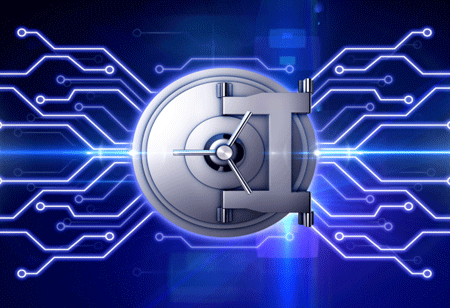THANK YOU FOR SUBSCRIBING
A Sneak Peek on Protecting Finance Firms Against Cyberthreats
Financial services organizations are reconsidering how they handle the most sensitive information, with the financial health of both individuals and businesses online.

By
Apac CIOOutlook | Friday, July 19, 2019
Stay ahead of the industry with exclusive feature stories on the top companies, expert insights and the latest news delivered straight to your inbox. Subscribe today.
Financial services organizations are reconsidering how they handle the most sensitive information, with the financial health of both individuals and businesses online.
FREMONT, CA: Cybersecurity threats are a significant concern for all industries. Financial firms are concerned about cyber-threats that are continually evolving and shifting by making consistent planning and preparation for this ever-present concern. Read on to know more about the preventive strategies for those evolving threats.
• Credential and Identity Theft
Social engineering attacks are the number one threat facing financial service institutions. These attacks typically target customer, employee, and other third-party credentials, with hackers using the stolen information to establish user profiles. The good news is that emerging risk-based technologies and modern identity verification can help financial firms overcome these. Creating a context identity verification combining of traditional identity verification methods with advanced risk analytics is an intelligent thing to do.
• Data Theft and Manipulation
Because financial institutions increasingly rely on autonomous, data-driven decision-making processes, hackers could land attacks on institutions by covertly manipulating the data and algorithms that financial firms rely on to operate and grow. The first line of defense against this is access controls—having control over who can see the data. Also, make sure that firms have sound data activity monitoring in place that can help detect suspicious activities.
• Destructive and Disruptive Malware Erasing Information
Malware remains a cybersecurity priority. It allows hackers to steal and manipulate data to make it more difficult to cybersecurity team to perform preventive measures. A firm’s policy statements should be used as the foundation for malware prevention efforts like user and IT staff awareness, vulnerability mitigation, threat mitigation, and defensive architecture. Firms should also consider altering defensive architecture to help mitigate those incidents that still occur.
Check this Out:Top Cybersecurities Companies
These threats are dangerous, and they are constantly evolving and staying on top of the latest threats. This makes it necessary for firms to make sure to follow through and get security in place.
See Also: Financial Services Review





